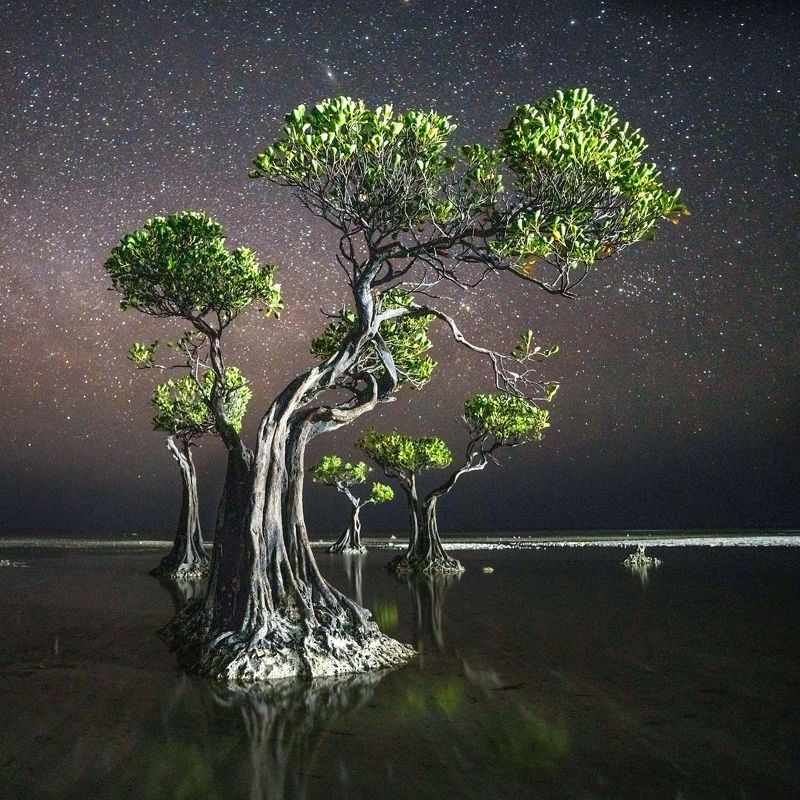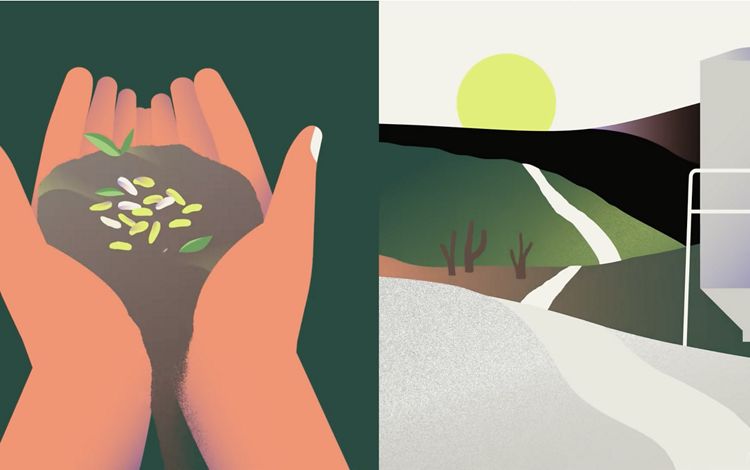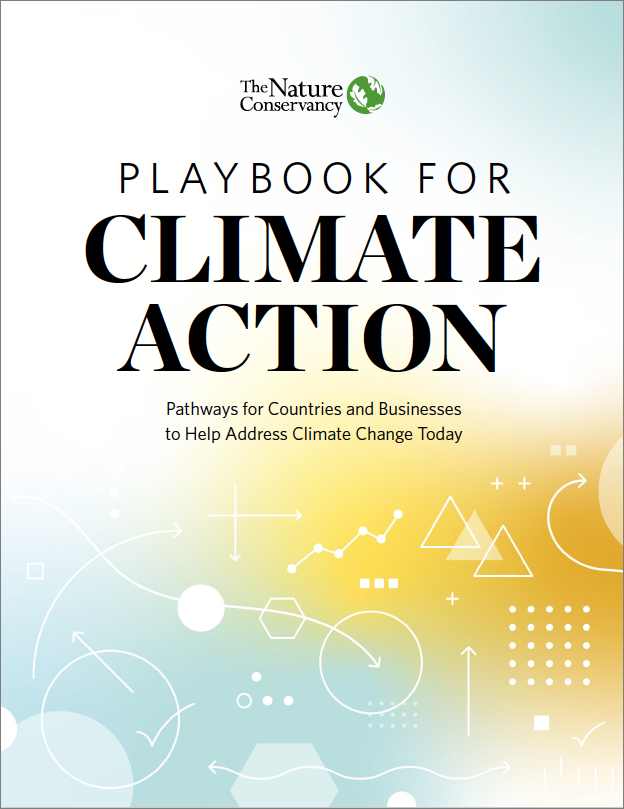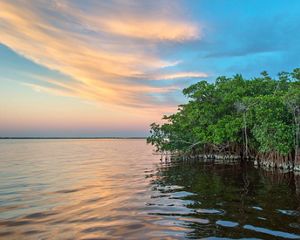
The Latest IPCC Report: What is it and why does it matter?
The UN released a new climate report—here's what it says, and what we can do about it
This article was updated on March 20, 2023, to include findings from the most recent IPCC report.
The IPCC has released a new climate report, updating and synthesizing the findings from a series of previous reports. But what exactly is the IPCC? What do all these reports mean? Is our situation as grim as some of the news headlines make it sound?
We’ve prepared this guide to help you understand what these climate reports are, what their findings mean for our world and what we can do.
What is the IPCC and what do they do?
IPCC stands for Intergovernmental Panel on Climate Change. The IPCC is the scientific group assembled by the United Nations to monitor and assess all global science related to climate change. Every IPCC report focuses on different aspects of climate change.
This latest report is the IPCC’s 6th Synthesis report. It updates and compiles in one report findings from all the reports in the IPCC’s sixth assessment cycle, which covered the latest climate science, the threats we’re already facing today from climate change, and what we can do to limit further temperature rises and the dangers that poses for the whole planet.
What should I know about the latest IPCC report?
There is some good news in this synthesis report. There have been promising developments in low-carbon technologies. Countries are making more ambitious national commitments to reduce their emissions and doing more to help communities adapt to the effects of climate change. And we’re seeing more funding committed for all of this work.
The problem is it’s still not enough. Even if every country in the world delivers on its current climate pledges, that’s probably not enough to keep global warming to 1.5°C above pre-industrial levels—a threshold scientists believe is necessary to avoid the worst impacts of climate change.
Current adaptation efforts, too, are scattered and leave behind some of the most vulnerable communities. And if the planet gets much warmer, we may see irreversible changes to some ecosystems around the world, which would be catastrophic for the people and wildlife that depend on them.
Want to go deeper on the findings? TNC Chief Scientist Katharine Hayhoe breaks them down in this Twitter thread.
Is there any hope then?
Yes. Climate change is here today, reshaping our world in ways big and small—but that doesn’t mean our future is predetermined. Every fraction of a degree of warming makes a big difference in how powerful the effects of climate change will be, including the frequency and intensity of heatwaves, storms, floods and droughts. That means every action we take to limit further warming makes a big difference, especially for vulnerable communities around the world.
We need bolder global climate commitments, and we need them fast so we can transition to clean energy and reach “net zero” emissions as soon possible. And as the IPCC's reports shows, we’ll not only need to cut out emissions—we’ll have to remove some of the carbon that’s already in the atmosphere. Fortunately, nature created a powerful technology that does just that: photosynthesis. Plants naturally absorb carbon from the air and store it in their roots and in the soil.
In addition to phasing out fossil fuels, we also need to protect the natural habitats around the world that store billions of tons of this “living carbon.” We can also help by changing the way we manage working lands like farms and timber forests so they retain more carbon, and restore natural habitats on lands that have been cleared or degraded.
What can we do to stop climate change?
A global challenge like climate change requires global solutions. It will require movement-building and on-the-ground action, as well as new national policies and economic transformations. Here’s a few things that communities, governments, and business can do.
Communities
- When it comes to working with nature to fight climate change, we cannot achieve effective action without the leadership of Indigenous Peoples and local communities (IPLCs).
- These communities are some of the most important protectors of the world’s living carbon, as lands owned or managed by IPLCs often have much lower deforestation rates than government protected areas. In fact, Indigenous-managed lands support about 80 percent of the world’s remaining biodiversity and 17 percent of the planet’s forest carbon.
- To help Indigenous groups keep playing this crucial role, governments must formally recognize their land and resource rights, and funding for climate action should include support for their communities.
Related reading: Protecting nature through authentic partnerships.
Governments
- All countries—especially the wealthy countries that generate the most emissions—must create more ambitious climate action plans to eliminate emissions and pull more carbon from their atmosphere—and they need to follow through on them.
- In addition to cutting fossil fuel use, this can be done investing more in nature. The IPCC estimates it would cost about $400 billion to make the changes to agriculture, forestry and other land uses required to limit emissions. That sounds like a lot—but it’s less than the government subsidies these sectors are already receiving.
- The best part? Many of these natural climate solutions benefit society in other ways, like improving air and water quality, producing more food and protecting the variety of natural life we all depend on.
Related reading: Canada's new climate plan includes working with nature to reduce emissions.
Businesses
- Like national governments, businesses must first and foremost commit to reaching net-zero emissions in their operations—they have to stop putting more carbon into the air.
- The most direct way to do this is to switch to clean energy sources. Transitioning to renewable energy provides a low-cost, low-carbon, low-conflict pathway to meet global energy needs without harming nature and communities.
- Those sectors that will have a hard time reducing their emissions today—like airlines, for example—should find ways to offset their impact.
- Carbon markets offer one way to achieve this. Carbon markets allow businesses and other polluters to purchase “offsets” for their unavoidable emissions, which pay to protect natural lands that would have otherwise been cleared without that funding or restore those that would not recover.
Related reading: An illustrated guide to carbon offsets.
What can I do as an individual?
- Learn how to talk about climate change: We can all help by engaging and educating others. Our guide will help you feel comfortable raising these topics at the dinner table with your friends and family. Download our guide to talk about climate change.
- Share your thoughts: Share this page on your social channels so others know what they can do, too. Here are some hashtags to join the conversation: #IPCC #ClimateAction #NatureNow
- Join collective action: By speaking collectively, we can influence climate action at the national and global levels. You can add your name to stand with The Nature Conservancy in calling for real solutions now.
- Keep learning: Educate yourself and share the knowledge—you can start with some of these articles, videos, and other resources.
Videos: Climate Issues Explained




Climate Action Resources
-

Playbook for Climate Action
PDF
This playbook showcases five innovative pathways for reducing emissions and climate impacts. A comprehensive suite of science-based solutions, the playbook presents actions governments and companies can deploy—and scale—today. Visit the Digital Version
Download
Global Insights
To get more tips like this, plus feature stories and the latest news from the world of nature, sign up for our monthly newsletter.



